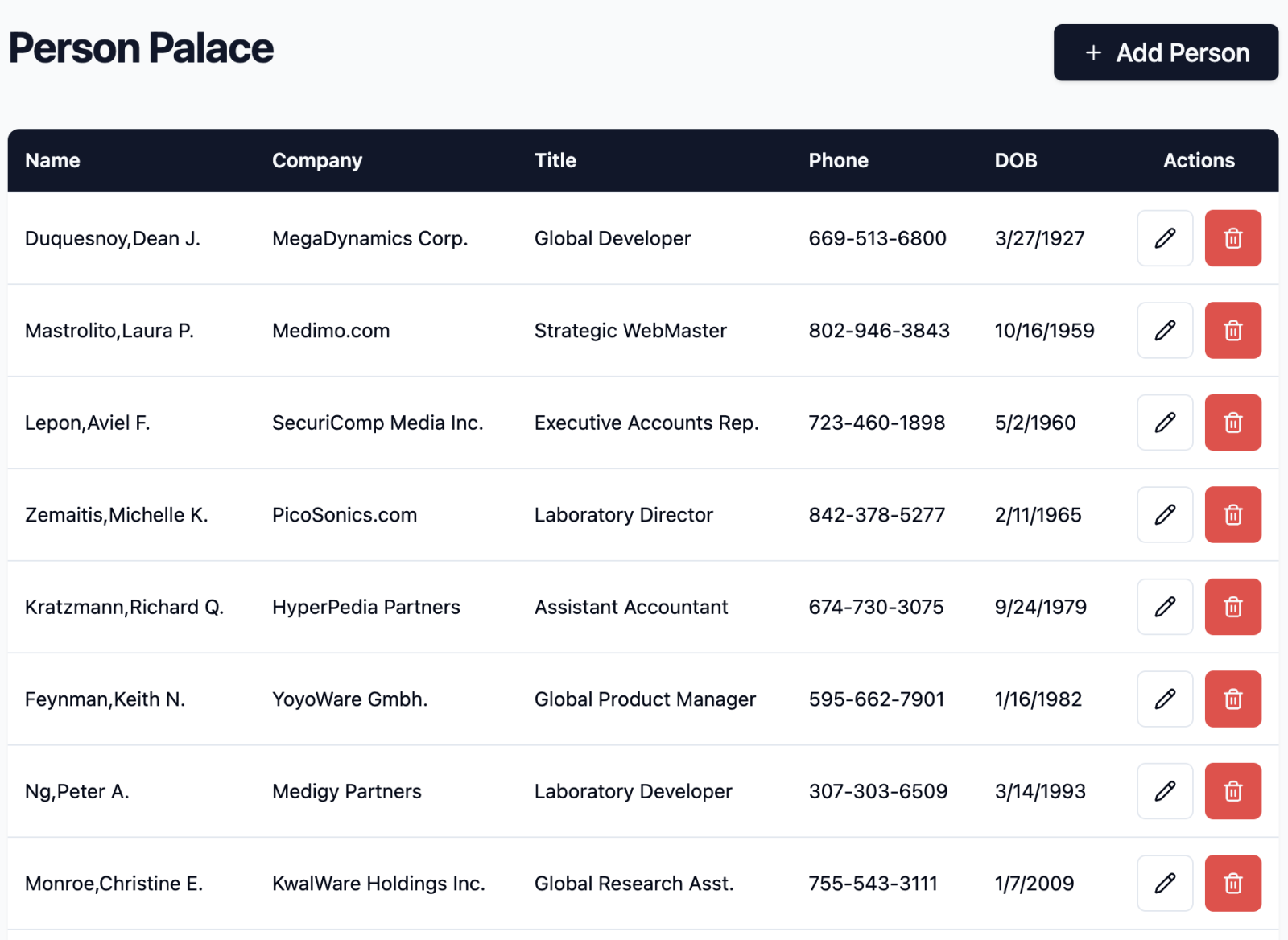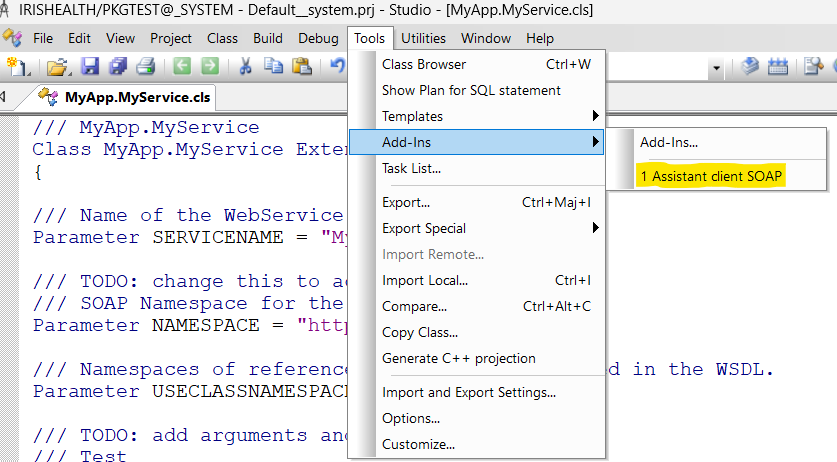A beginners guide to develop Ensemble RESTful web services.
Background
Before you start reading this short introduction please go through the on-line documentation of Ensemble with special attention to chapter “Creating REST services and clients with Ensemble”.
The approach in the documentation is undisputable the fastest and easiest way to create RESTful services. As a beginner I went through the documentation and I had several questions. This short article is listing those questions plus my humble answers.

.png)

.png)
